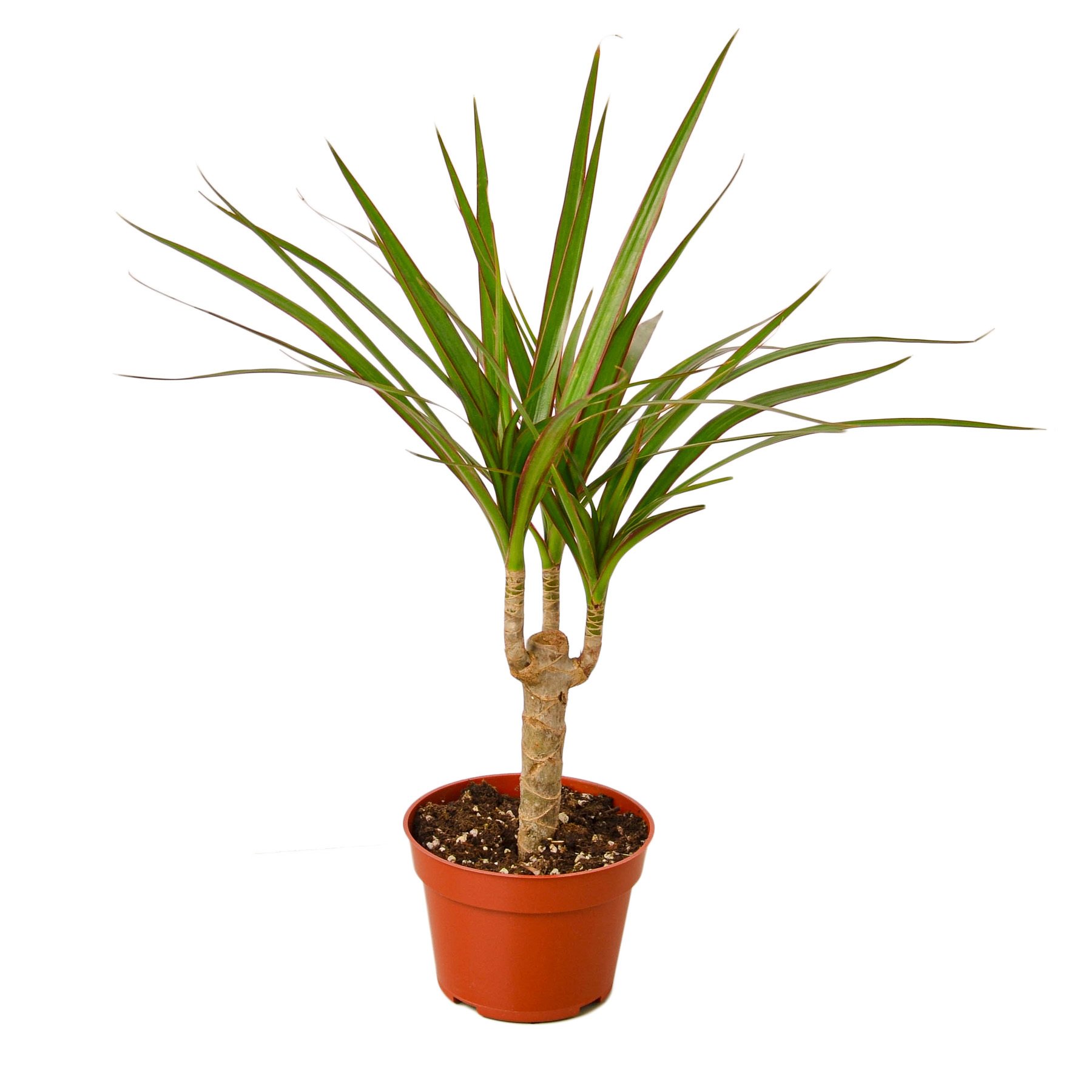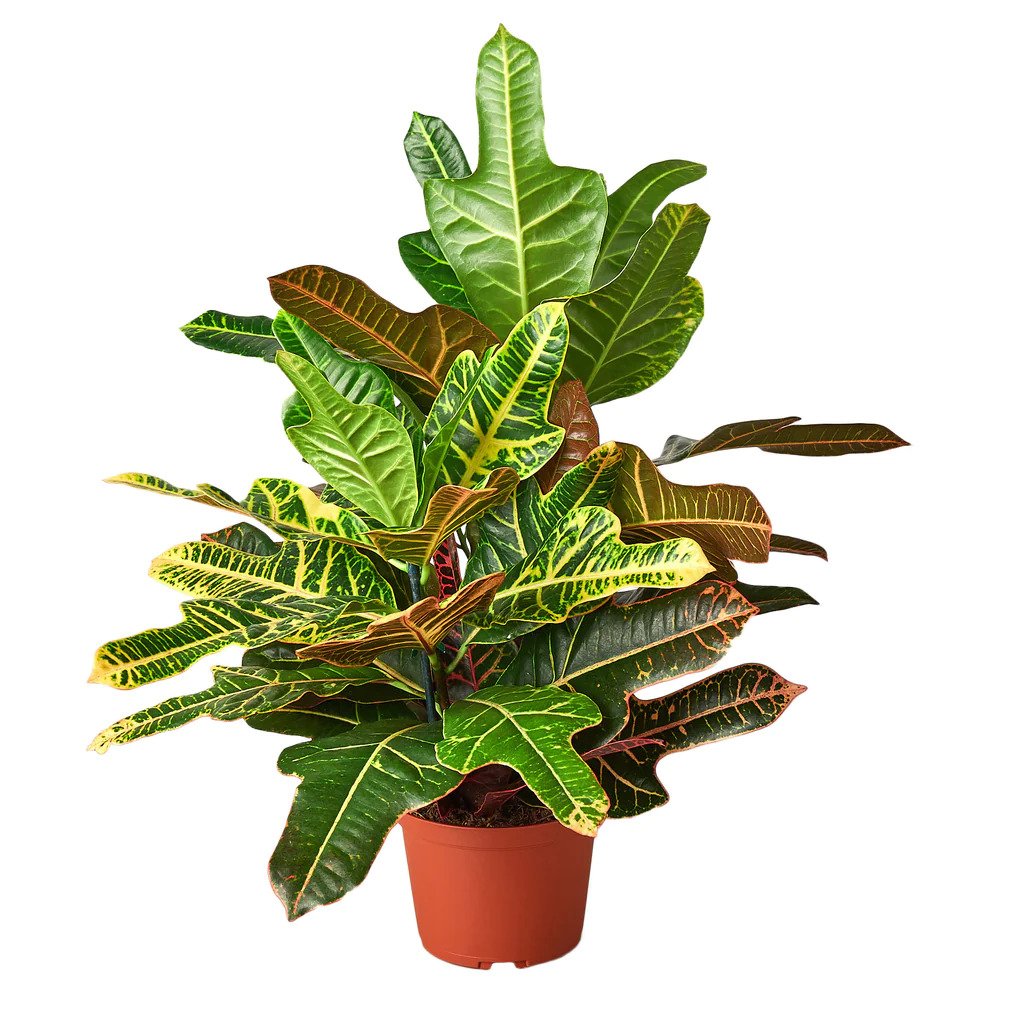Alocasia 'Hilo Beauty' Houseplant
Alocasia Micholitiziana 'Frydek' — Each leaf is a masterpiece, adorned with an array of pale white and lime green hues, embellished by distinct speckled blotches that nearly blend seamlessly, creating a captivating camouflage effect across the entire leaf.
Botanical Classification: Caladium praetermissum
Common Name: Alocasia Hilo Beauty, Hilo Beauty Elephant Ear, Caladium Hilo Beauty
CARE GUIDE:
Light. Medium to bright indirect light. Never allow this plant to receive direct sunlight, as the leaves will burn. I
Water. To properly hydrate your Alocasia plant, wait until approximately 25-50% of the soil in the pot has dried out. When you do water, ensure that water seeps through the drainage hole at the pot's base, and be sure to remove any excess water that collects in the saucer. Be cautious not to overwater, as Alocasia is vulnerable to root rot.
Humidity. Loves its leaves misted. Mist the leaves to increase humidity around your plant, especially in the drier winter months. Misting can also help remove dust & clean the plant’s glossy leaves.
Toxicity. Toxic if ingested
Additional Care Tips. In the winter months, your Alocasia will enter a dormant phase. During this period, make sure to position your Alocasia in a warmer location within your home. While you should reduce the frequency of watering, be careful not to let the potting mix completely dry out.
The plant will naturally emerge from its dormancy in the spring, and you'll start to observe new growth. At this point, gradually increase your watering frequency, and consider applying the first dose of spring fertilizer to support its growth and well-being.
Alocasia Micholitiziana 'Frydek' — Each leaf is a masterpiece, adorned with an array of pale white and lime green hues, embellished by distinct speckled blotches that nearly blend seamlessly, creating a captivating camouflage effect across the entire leaf.
Botanical Classification: Caladium praetermissum
Common Name: Alocasia Hilo Beauty, Hilo Beauty Elephant Ear, Caladium Hilo Beauty
CARE GUIDE:
Light. Medium to bright indirect light. Never allow this plant to receive direct sunlight, as the leaves will burn. I
Water. To properly hydrate your Alocasia plant, wait until approximately 25-50% of the soil in the pot has dried out. When you do water, ensure that water seeps through the drainage hole at the pot's base, and be sure to remove any excess water that collects in the saucer. Be cautious not to overwater, as Alocasia is vulnerable to root rot.
Humidity. Loves its leaves misted. Mist the leaves to increase humidity around your plant, especially in the drier winter months. Misting can also help remove dust & clean the plant’s glossy leaves.
Toxicity. Toxic if ingested
Additional Care Tips. In the winter months, your Alocasia will enter a dormant phase. During this period, make sure to position your Alocasia in a warmer location within your home. While you should reduce the frequency of watering, be careful not to let the potting mix completely dry out.
The plant will naturally emerge from its dormancy in the spring, and you'll start to observe new growth. At this point, gradually increase your watering frequency, and consider applying the first dose of spring fertilizer to support its growth and well-being.
Alocasia Micholitiziana 'Frydek' — Each leaf is a masterpiece, adorned with an array of pale white and lime green hues, embellished by distinct speckled blotches that nearly blend seamlessly, creating a captivating camouflage effect across the entire leaf.
Botanical Classification: Caladium praetermissum
Common Name: Alocasia Hilo Beauty, Hilo Beauty Elephant Ear, Caladium Hilo Beauty
CARE GUIDE:
Light. Medium to bright indirect light. Never allow this plant to receive direct sunlight, as the leaves will burn. I
Water. To properly hydrate your Alocasia plant, wait until approximately 25-50% of the soil in the pot has dried out. When you do water, ensure that water seeps through the drainage hole at the pot's base, and be sure to remove any excess water that collects in the saucer. Be cautious not to overwater, as Alocasia is vulnerable to root rot.
Humidity. Loves its leaves misted. Mist the leaves to increase humidity around your plant, especially in the drier winter months. Misting can also help remove dust & clean the plant’s glossy leaves.
Toxicity. Toxic if ingested
Additional Care Tips. In the winter months, your Alocasia will enter a dormant phase. During this period, make sure to position your Alocasia in a warmer location within your home. While you should reduce the frequency of watering, be careful not to let the potting mix completely dry out.
The plant will naturally emerge from its dormancy in the spring, and you'll start to observe new growth. At this point, gradually increase your watering frequency, and consider applying the first dose of spring fertilizer to support its growth and well-being.









